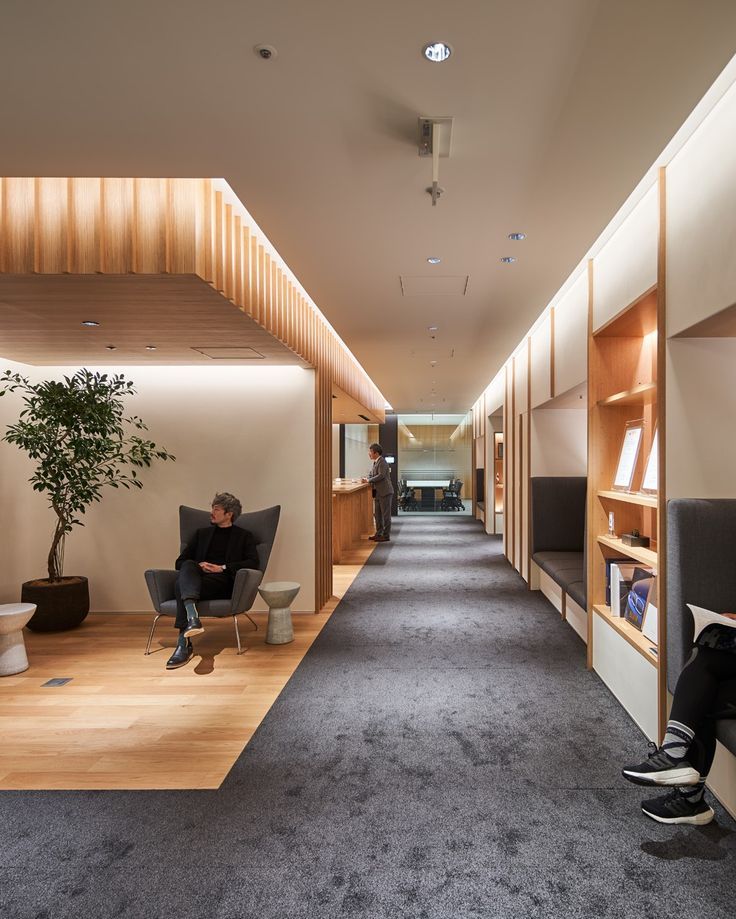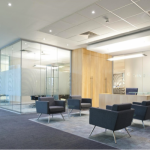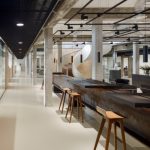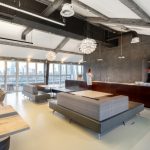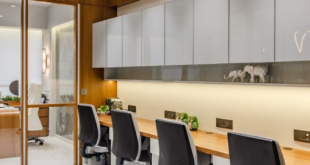Creating a collaborative workspace is essential in today’s fast-paced and dynamic work environment. Collaborative environments help foster creativity, innovation, and teamwork among employees. In order to create a productive and inspiring workspace, office design plays a crucial role. Here are some office design tips to help you create a collaborative workspace:
1. Open and Flexible Layout: An open layout encourages communication and collaboration among employees. It allows for easy interaction and promotes team bonding. Consider using flexible furniture that can be easily moved and rearranged to accommodate different group sizes and activities.
2. Designated Collaboration Zones: Create designated areas in the office where employees can gather for brainstorming sessions, meetings, or impromptu discussions. These zones can be furnished with comfortable seating, whiteboards, and other tools that promote creativity and collaboration.
3. Natural Light and Greenery: Natural light and greenery have been shown to improve mood, productivity, and overall well-being. Make sure to maximize natural light in your office space and incorporate plants and greenery to create a more inviting and refreshing environment.
4. Technology Integration: In today’s digital age, technology plays a critical role in enabling collaboration. Make sure your office space is equipped with the necessary technology tools, such as video conferencing equipment, projectors, and high-speed internet, to facilitate communication and collaboration.
5. Personalization: Allow employees to personalize their workspace to reflect their personality and preferences. This can help create a sense of ownership and comfort, which can lead to increased productivity and satisfaction.
6. Collaboration Tools: Invest in collaboration tools, such as project management software, communication platforms, and file-sharing tools, to help employees work together more effectively. These tools can streamline processes, enhance communication, and improve project outcomes.
7. Breakout Areas: Create designated breakout areas where employees can take a break from their work and relax. These areas can be furnished with comfortable seating, games, or even a mini kitchen for employees to socialize and recharge.
8. Soundproofing and Privacy: While open layouts are great for collaboration, it’s also important to provide areas for individual work and private conversations. Consider incorporating soundproofing materials or privacy screens to create a quiet and focused work environment when needed.
By implementing these office design tips, you can create a collaborative workspace that fosters teamwork, creativity, and innovation among your employees. A well-designed workspace can have a significant impact on employee engagement, productivity, and overall success of your organization.
As an Amazon Associate I earn from qualifying purchases.
 decorafit.com Design ideas for your home and patio
decorafit.com Design ideas for your home and patio
